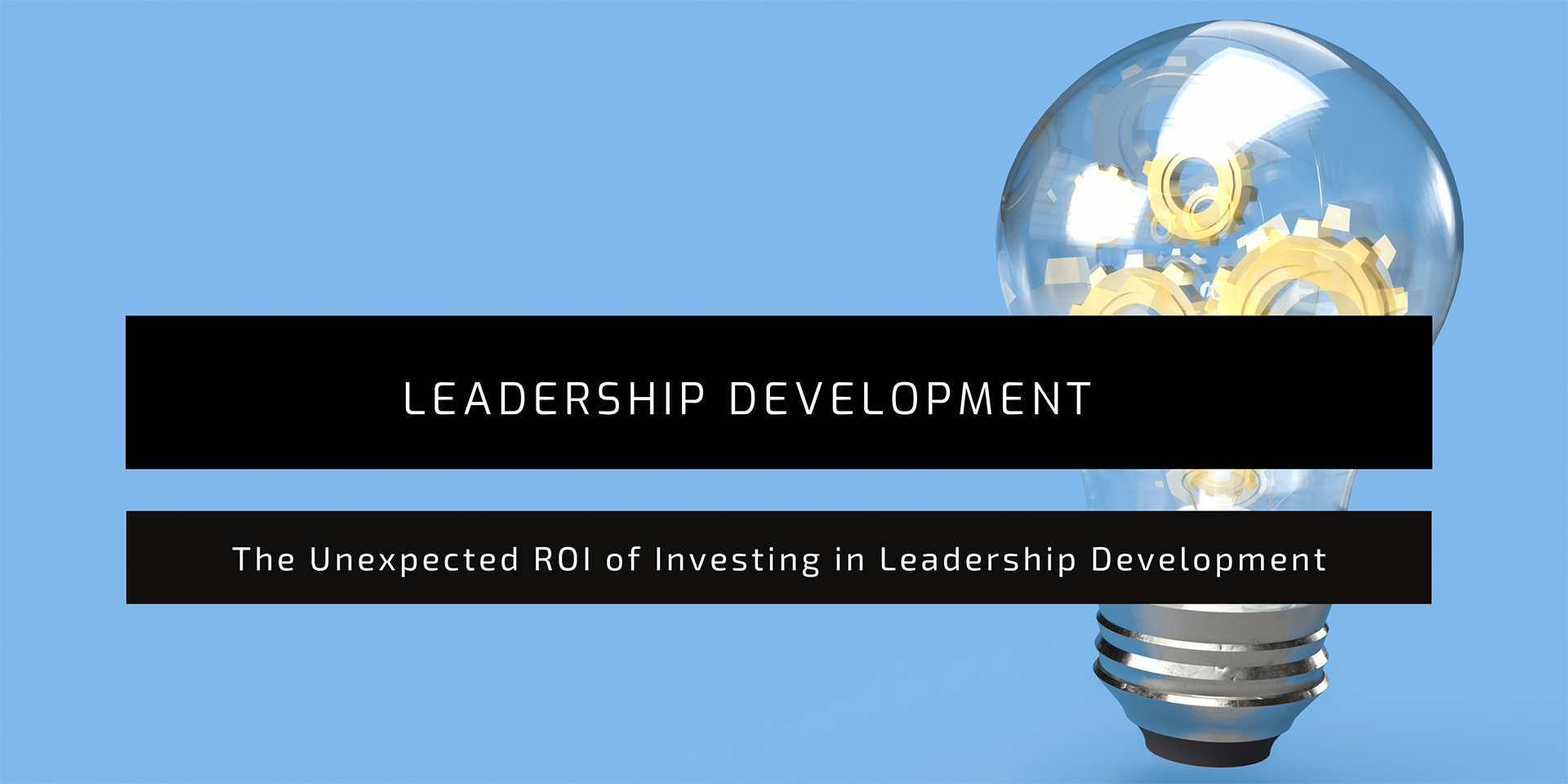In today’s world, standing still isn’t an option. Companies that consistently innovate thrive. According to Harvard Business Review, organisations with strong leadership report an impressive 45% boost in innovation compared to their peers. This raises an important question: What are these leaders doing differently to inspire creativity and new ideas?
In this article, we’ll explore how effective leadership can unlock innovation, delve into leadership practices that actively encourage creativity and risk-taking, and share practical examples from organisations that have turned leadership into a real advantage.
The Link Between Leadership and Innovation: What the Data Tells Us
A recent Harvard Business Review study revealed that companies with strong leadership aren’t just more innovative—they also bring new products to market 26% faster than those lacking effective leadership. This shows that strong leadership isn’t just about maintaining order—it’s about driving real change.
So, what’s behind these impressive figures? It comes down to how leaders shape company culture, take decisions, and empower employees.
Leadership Development Fuels Employee Engagement
Think of employee engagement as the fuel that powers your company’s engine. If the fuel is high quality (i.e. employees are engaged and motivated), the engine runs smoothly and the whole organisation travels faster and further. Leadership development is about refining the people who stoke that engine—your managers and team leads—so they know how to keep the fuel burning efficiently.
When employees are engaged, they’re not just punching the clock; they’re innovating, providing stellar customer service, and helping their organisations outperform competitors. How much difference does engagement really make? Gallup’s research shows that companies with highly engaged employees had 21% higher profitability compared to those with low engagement.
Now, here’s where leadership comes in. Remember that stat that managers account for 70% of engagement variance? It tells us that a huge chunk of why people either love or loathe their job comes down to their manager’s leadership skills. A well-trained manager knows how to communicate clear expectations, recognise good work, and provide growth opportunities. On the other hand, an untrained or ineffective manager might unintentionally create a toxic atmosphere or fail to provide direction, leaving employees feeling lost and disengaged.
So, when you invest in leadership development, you’re essentially investing in improving employee engagement company-wide. And the payoff is tangible: higher engagement leads to lower turnover and higher productivity. For example, the Corporate Leadership Council found that organisations with effective leadership development programmes enjoyed 40% lower turnover among their high-potential employees.

1. Setting the Scene: Leadership’s Role in Building an Innovative Culture
They say culture eats strategy for breakfast, and that’s especially true in organisations that prioritise innovation. In companies with effective leadership, innovation isn’t left to chance—it’s part of everyday life.
Real-World Examples:
- Embracing Diverse Ideas: At Google, leaders encourage employees to spend 20% of their time on passion projects. This simple practice has led to innovations like Gmail and Google News.
- Learning from Failure: Amazon’s Jeff Bezos is known for fostering a culture of experimentation. Failed projects like the Fire Phone weren’t seen as disasters but as stepping stones to breakthroughs such as Alexa and AWS.
Key Insight: Leaders who create an environment where it’s safe to fail also create an environment where it’s possible to succeed in new and unexpected ways.
2. Empowering Decision-Makers: Speeding Up the Innovation Process
Innovation comes to a standstill when every decision has to pass through layers of management. Effective leaders simplify this process, giving their teams the power to act quickly and confidently.
Real-World Examples:
- Decentralising Decision-Making: Spotify empowers its squads—small, independent teams—to make decisions on their own. This has allowed Spotify to quickly roll out new features and stay ahead of the competition.
- Trusting the Team: Satya Nadella’s leadership at Microsoft transformed the company’s culture by encouraging managers to trust their teams to make decisions, which sped up the development of cloud solutions like Azure.
Key Insight: When leaders trust their teams to make decisions, it not only speeds up innovation but also makes employees feel more valued and engaged.
3. Building a Risk-Tolerant Environment: Why Psychological Safety Matters
Innovation requires risk-taking, but people won’t take risks if they’re afraid of the consequences. Leaders who build a sense of psychological safety help their teams feel confident about sharing new ideas—even the ones that might seem a bit out there.
Real-World Examples:
- Radical Transparency: At Netflix, leaders practice radical transparency by openly sharing financials and strategy decisions. This openness creates a culture of trust where teams aren’t afraid to pitch bold ideas.
- Inclusive Feedback Loops: Pixar’s Braintrust meetings offer a safe space for teams to critique ideas without the usual office politics. Leaders guide these sessions to make sure everyone’s voice is heard, not just the loudest.
Key Insight: Leaders who build trust and transparency encourage their teams to take the kind of risks that lead to real innovation.
Case Study: How Adobe’s Leadership Sparked Innovation
In 2012, Adobe faced a huge challenge: its traditional software sales model was becoming obsolete. Led by CEO Shantanu Narayen, Adobe decided to take a risk and switch to a subscription-based model. Central to this shift was Kickbox—an internal innovation programme that empowered employees to pitch and develop new ideas without the usual red tape.
Leadership-Driven Practices:
- Innovation for Everyone: Kickbox provided employees with a £750 prepaid card and a step-by-step toolkit to develop and pitch new ideas—no management approval needed.
- Encouraging Smart Risks: Leadership’s willingness to invest in unproven ideas paid off, leading to successful products like Adobe Spark and impressive revenue growth.
Results: Adobe’s market cap jumped from £12 billion in 2012 to over £200 billion by 2022—showing just how powerful leadership-driven innovation can be.

Lessons from the Front Line: How to Build a Leadership Framework for Innovation
If you want to build a culture of innovation, you need to start with how you lead. Here are three key principles:
- Empower Autonomy: Give teams the freedom to make decisions and own their projects.
- Encourage Experimentation: Create a culture where trying something new—even if it doesn’t work—is seen as a step forward.
Champion Continuous Learning: Invest in leadership development at all levels in the organisation so that those in management lead with curiosity and an open mind and emerging talent are brave to speak up.
Conclusion: Why Investing in Leadership Development is Worth Every Penny
The numbers don’t lie: effective leadership is directly linked to higher levels of innovation and faster growth. The real cost of not investing in leadership development isn’t just missed opportunities—it’s the risk of being left behind while your competitors move ahead.
For HR leaders, the message is clear: if you want your organisation to thrive, investing in leadership development isn’t a nice-to-have—it’s a must-have.
The real question isn’t whether you can afford to invest in leadership development, but whether you can afford not to.
References
- Adobe. (2022). Annual Report. Available at: https://www.adobe.com
- Brandon Hall Group. (2019). The Business Impact of Leadership Development. Available at: https://www.brandonhall.com
- Catmull, E. (2014). Creativity, Inc.: Overcoming the Unseen Forces That Stand in the Way of True Inspiration. Random House.
- Hastings, R., & Meyer, E. (2020). No Rules Rules: Netflix and the Culture of Reinvention. Penguin.
- HBR. (2018). The Impact of Leadership Development on Performance. Available at: https://hbr.org
- Kniberg, H., & Ivarsson, A. (2012). Scaling Agile at Spotify with Tribes, Squads, Chapters, and Guilds. Available at: https://labs.spotify.com
- Nadella, S. (2017). Hit Refresh: The Quest to Rediscover Microsoft’s Soul. Harper Business.
- Schmidt, E., & Rosenberg, J. (2014). How Google Works. Grand Central Publishing.
Stone, B. (2013). The Everything Store: Jeff Bezos and the Age of Amazon. Little, Brown and Company.





